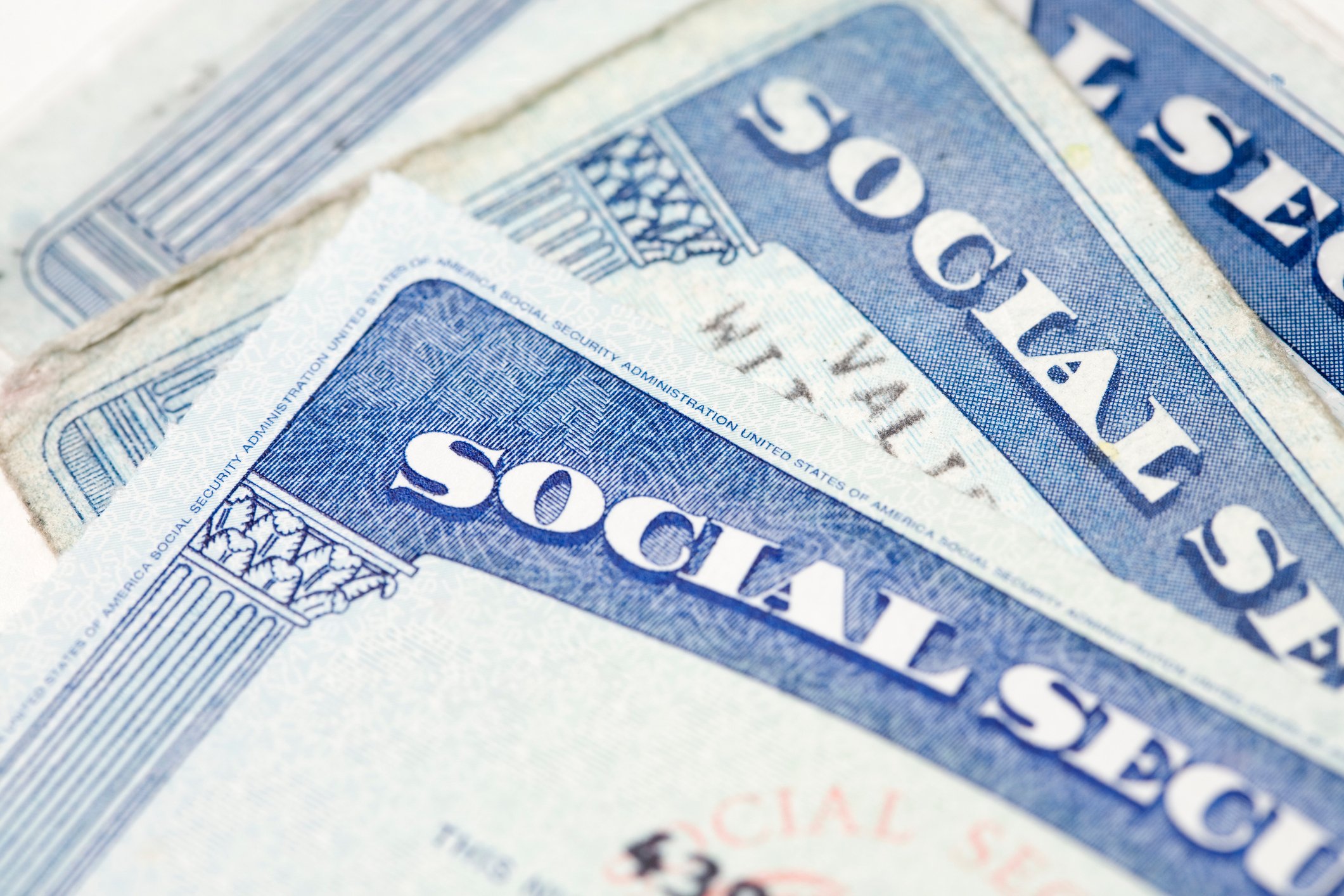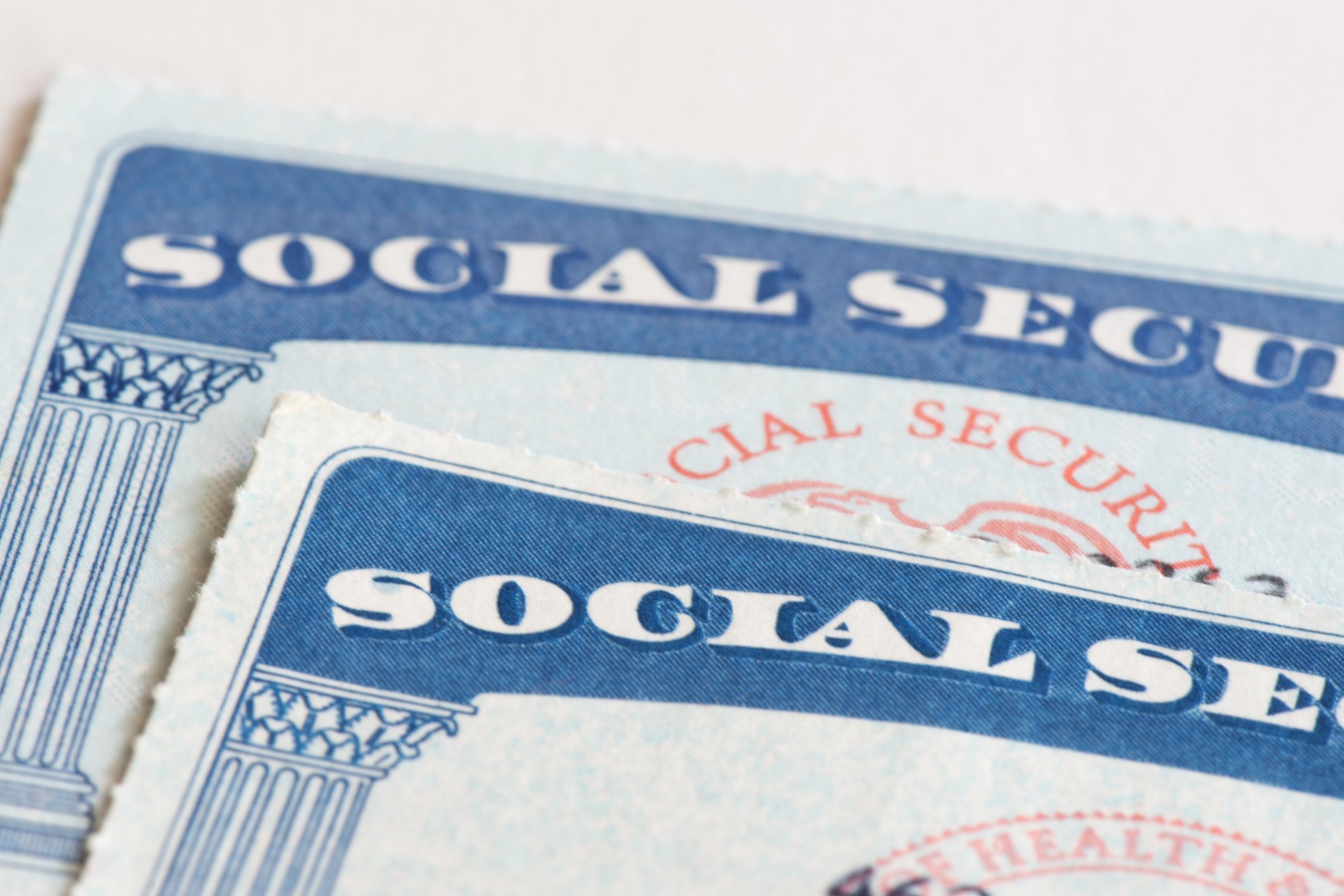Thinking about your taxes before April of each year can often pay off, as you might employ some strategies throughout the year or at year-end that will shrink your tax bill. It's good to know what tax bracket you're in, too, as you plan.

Image source: Getty Images.
Here, then, are the income tax brackets for 2016, which apply to income earned in the 2016 tax year that you'll prepare a return for in 2017.
|
Tax Rate |
Single |
Married Filing Jointly |
Married Filing Separately |
Head of Household |
|---|---|---|---|---|
|
10% |
$0 to $9,275 |
$0 to $18,550 |
$0 to $9,275 |
$0 to $13,250 |
|
15% |
$9,276 to $37,650 |
$18,551 to $75,300 |
$9,276 to $37,650 |
$13,251 to $50,400 |
|
25% |
$37,651 to $91,150 |
$75,301 to $151,900 |
$37,651 to $75,950 |
$50,401 to $130,150 |
|
28% |
$91,151 to $190,150 |
$151,901 to $231,450 |
$75,951 to $115,725 |
$130,151 to $210,800 |
|
33% |
$190,151 to $413,350 |
$231,451 to $413,350 |
$115,726 to $206,675 |
$210,801 to $413,350 |
|
35% |
$413,351 to $415,050 |
$413,351 to $466,950 |
$206,676 to $233,475 |
$413,351 to $441,000 |
|
39.6% |
$415,051 and above |
$466,951 and above |
$233,476 and above |
$441,001 and above |
Data source: IRS.gov.
How the tax schedule works
If you're single and assuming that your taxable income of $75,000 will get a 25% haircut because the $75,000 amount falls in the 25% bracket, you're in for some good news. The right way to read the schedule is this: Your first $9,275 of income will be taxed at 10% ($927.50). Your income between $9,276 and $37,650 (that's $28,375) will be taxed at 15% ($4,256.25). Your income between $37,651 and $91,150 (that's $37,350) will be taxed at 25% ($9,337.50). Add up those three tax bites, and you'll arrive at your total tax due, $14,521.25.

Image source: Getty Images.
Marginal vs. effective
So notice that while your $75,000 income has you in the 25% tax bracket, it's not all taxed at a flat 25%. If it were, your tax bill would be $18,750. Instead, we have a progressive tax system, taxing our early dollars relatively little and, if we make it to higher income amounts, taxing our later dollars at higher rates.
Divide your actual tax amount, $14,521.25, by your $75,000 income, and you'll arrive at 19.4%. That's your effective tax rate, vs. your marginal rate of 25%. The marginal rate reflects what your next dollar of income would be taxed at, while the effective rate reflects the rate you pay on all your income.
That's what you can expect for 2016, income-tax wise. Stay tuned for further tax changes and updates, as they happen.





